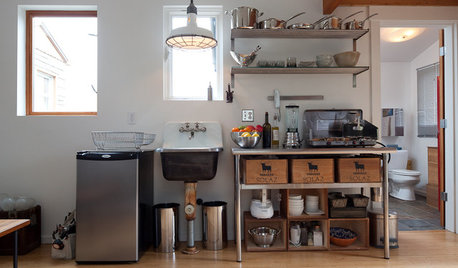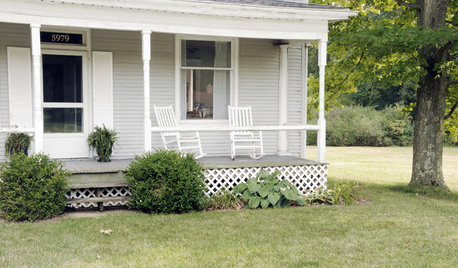Panicum Cloud Nine totally collapsed
panic_panicum
16 years ago
Related Stories

TRANSITIONAL HOMESHouzz Tour: Embracing Old and New in a Montana Bungalow
This home’s exterior fits the historic neighborhood, but its new, more modern floor plan fits the owners’ lifestyle
Full Story
REMODELING GUIDESShould You Stay or Should You Go for a Remodel? 10 Points to Ponder
Consider these renovation realities to help you decide whether to budget for temporary housing
Full Story
LIFE9 Ways to Appreciate Your House Just as It Is
Look on the bright side — or that soothingly dark corner — to feel genuine gratitude for all the comforts of your home
Full Story






donn_
sopchoppy
Related Professionals
Bethlehem Landscape Contractors · Elgin Landscape Contractors · Pelham Landscape Contractors · Coeur d'Alene Landscape Contractors · Darien Landscape Contractors · Lemoore Landscape Contractors · Pacifica Landscape Contractors · Palatine Landscape Contractors · Paso Robles Landscape Contractors · Porterville Landscape Contractors · Los Angeles Solar Energy Systems · Canandaigua General Contractors · Converse General Contractors · Roseburg General Contractors · Wright General Contractorsgreginmich
grass_guy